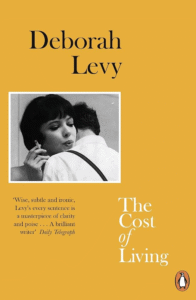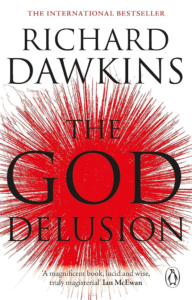John Wick: A Symphony of Bullets and Redemption – A Look at the Action Franchise
The John Wick film series has taken the action genre by storm, captivating audiences with its stylish gun-fu, intricate world-building, and a surprisingly emotional core. Following the journey of John Wick, a legendary assassin pulled back into the world he left behind, the franchise transcends the typical action movie formula, offering a unique blend of exhilarating violence, neo-noir aesthetics, and a compelling exploration of grief and vengeance.

From Baba Yaga to Reluctant Hero: John Wick’s Unlikely Return
The first film introduces John Wick, a retired hitman known as “Baba Yaga” for his unmatched lethality. Following the death of his wife, John receives a final gift from her – a puppy, a symbol of hope and a chance to move on. However, this fragile peace is shattered when a group of gangsters, led by the arrogant Iosef Tarasov, steal John’s car and brutally kill the puppy. This act ignites a fire within John, reawakening the ruthless assassin buried beneath the grieving widower. Driven by a potent mix of grief and rage, John embarks on a relentless quest for revenge, meticulously taking down those responsible.
A World of Assassins: The Continental and the High Table
The John Wick films establish a captivating underworld populated by assassins. Bound by a strict code of conduct, these killers operate within a hidden society with its own currency, safe havens like the luxurious Continental Hotel, and a ruling body known as the High Table. This world is meticulously crafted, with its own mythology, rituals, and unspoken rules. John’s return disrupts this order, forcing him to navigate a complex web of alliances and betrayals as he faces consequences for violating the code.
Beyond Bullets: A Ballet of Violence
John Wick’s action sequences are unlike anything seen before in the genre. The films implement a distinctive style known as “gun-fu,” characterized by balletic fight choreography, intricate gunplay, and a focus on close-quarters combat. Each fight scene is meticulously crafted, with stunning visuals and a focus on the brutality and efficiency of John’s movements. The action is visceral and impactful, yet strangely poetic, elevating the fight scenes from mere spectacle to a form of art.
A Man Defined by Loss: Exploring Grief and Redemption
While the action takes center stage, the John Wick films delve deeper, exploring themes of grief, loss, and the burden of a violent past. John’s journey is not just about revenge; it’s about confronting his own demons and finding a way to move on from the trauma that shaped him. As the series progresses, John’s humanity shines through, making him a more complex and sympathetic character than the typical action hero. He grapples with the weight of his actions while clinging to the last vestiges of his former life.
An Ever-Expanding Universe: Building on the Success
The success of the John Wick films has spawned a growing cinematic universe. Each subsequent film expands upon the world-building, introducing new characters and factions within the assassin society. “John Wick: Chapter 2” sees John forced back into service by a powerful figure from his past, while “John Wick: Chapter 3 – Parabellum” throws him into a desperate struggle for survival after a bounty is placed on his head. The recently released “John Wick: Chapter 4” promises to further explore the mythology and expand the narrative, ensuring the action-packed saga continues to enthrall audiences.
A Legacy of Style and Substance: John Wick’s Enduring Impact
The John Wick franchise has redefined the action genre, offering a stylish and thought-provoking experience. With its blend of breathtaking action, immersive world-building, and surprisingly emotional core, John Wick has captured the imagination of audiences worldwide. The series continues to evolve, promising further exploration of this captivating world and the man known as Baba Yaga. John Wick’s legacy is one of stunning visuals, intricate lore, and a testament to the power of storytelling, proving that even within a genre known for explosions and shootouts, there’s room for depth and emotional resonance.




















